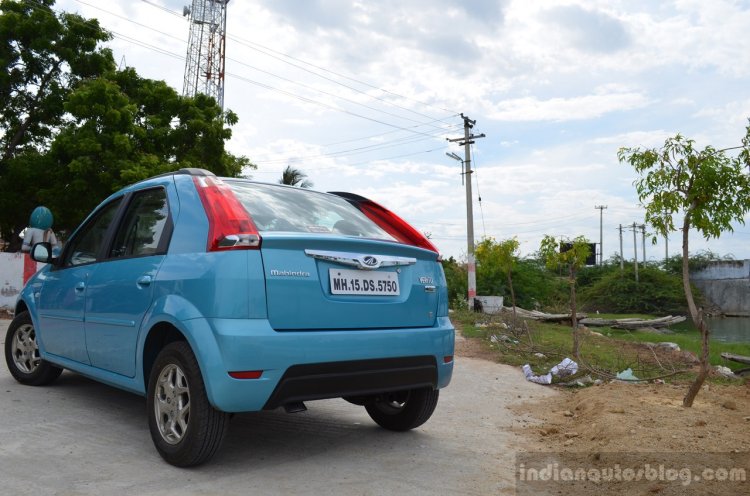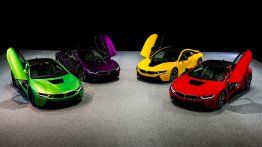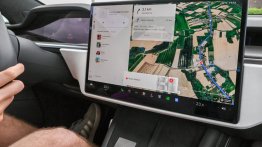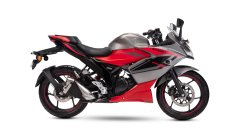The highest selling body type in the Indian car market is the hatchback. While it's true that the SUV segments have been on the rise with launches like the Vitara Brezza, Creta and the XUV500, the bulk of action still takes place in the small car market. No wonder then, that, every car manufacturer has tried cracking the code to success in the lower segments of our market, and with that come failures. Here is a list of 10 forgotten hatchbacks of India -
Opel Corsa Sail
The Sail was the third body variant, after the sedan and the station wagon (Swing), in the Indian Corsa lineup. In essence, the Corsa Sail was the hatchback version of its Maruti Esteem-rivalling sedan sibling, which means, like its donor model, it benefitted from excellent ride quality, a long list of features, and a sufficiently potent set of motors.
Talking about the engine options, the regular versions drew power from a 1.4-litre petrol motor that produced 86 bhp, while the Sport variant was propelled by a 1.6-litre motor with 103 bhp on tap. Sadly, however, the Sail couldn't find many takers as the Indian car market was still in nascent stages and most buyers weren't prepared to shell out a premium for powerful hatchbacks with low fuel efficiency and high maintenance cost.
Renault Pulse
The Renault Pulse was essentially a restyled Nissan Micra that was launched in India in February 2012. The Pulse, with just different plastic panels, wheels and badges, was marketed as a more premium product than its donor, and India wasn't going to buy that. The Renault Pulse and the Renault Scala (based on Nissan Sunny) became the last of the cross-badged Renault products from the Renault-Nissan Alliance.
Also Read - 8 Maruti Suzuki cars that are best forgotten
Chevrolet Aveo U-VA
The Chevrolet Aveo U-VA was a B1-segment offering that rivalled the likes of Maruti Swift and Hyundai Getz. It can be termed as a logical successor to the Corsa Sail. That said, in spite of being based on the three-box Aveo, it received a 1.2-litre engine instead of its sedan sibling's 1.4-litre and 1.6-litre motors. The small car offered an upmarket and a comfortable cabin and came across as a good option for those who wished to buy an Optra but were restricted by budget. Unfortunately, in spite of being a well-rounded product, it failed to attract buyers away from its Japanese and Korean rivals, not helped by the fact that it never got a diesel option.
Maruti Zen Classic

The original Maruti Zen was a stellar success. It impressed everyone with its cutesy jelly-bean design and a peppy yet frugal 1.0-litre petrol engine. Even today, the Zen is regarded as a cult classic by the car aficionados of our country. However, the same is not the case with the Zen Classic. Its retro styling didn't go down well with the buyers, who were in no mood to pay a premium for the oddball front-end that poorly mimicked British car designs. While the Zen Classic retained most of the traits of the regular version, it could hardly find any takers owing to its unattractive front fascia.
Maruti Zen Diesel
The Maruti Zen Diesel (Zen D) was launched to capitalize on the rising popularity of diesel-powered small cars. Interestingly, while the petrol-powered Zen was an immense success, the diesel model couldn't bring in many customers to Maruti showrooms. It was powered by the same Peugeot-sourced 1.5-litre TUD5 diesel motor that powered the Esteem. The oil-burner produced 58 bhp and 96 Nm. While the petrol-sipping Zen was sufficiently fast and fun, the diesel version was noisy, lethargic and dull.
Maruti A-Star
The Maruti A-Star was launched around the turn of the decade to cash in on the fast-rising popularity of B1-segment hatchbacks. The cutesy hatchback marked the debut of the 1.0-litre K10B three-cylinder engine that continues to exist under the hood of the Celerio and the Wagon R. What was sold as the Alto globally failed to excite the Indian buyers owing to the cramped interior.
Mahindra Verito Vibe
The Mahindra Verito Vibe was merely a truncated version of its sedan sibling and the idea was bad. While it was as spacious, comfortable and reliable as the donor model, its oddball proportions and the dated interior had buyers maintain a safe distance from it.
Ford Fusion
In Europe, the Ford Fusion was regarded as a B-segment mini-MPV based on the Ford Fiesta's platform, offering more interior room. In India, the company tried to lure the SUV buyers with this highly practical offering but couldn't find much success until the launch of the related Figo. For most Indian buyers, the Fusion was merely a large hatchback that had little in common with traditional SUVs. Moreover, its 1.4-litre and 1.6-litre petrol engines weren't too fuel efficient, and the maintenance costs were high. While Ford did introduce a 1.4-litre diesel engine variant at a later stage, the car buyers decided to stay away from putting their money on what was one of the most expensive hatchbacks at that time.
Daewoo Matiz
The Daewoo Matiz was a well-sorted product that was quite ahead of its time. While it managed to leave a dent on the sales of the first-gen Hyundai Santro, it couldn't survive for long as its parent company went belly up. The Daewoo Matiz was powered by a 796cc, three-cylinder petrol engine and offered class-leading refinement levels. The ride and handling characteristics were spot-on, too. It's a pity that the small car met with an untimely demise, and couldn't match Hyundai or Maruti when it was reborn as the Chevrolet Spark.
Chevrolet SRV
The Chevrolet SR-V was positioned as hatchback version of the Optra sedan. While the latter had some numbers to show over its lifetime, the five-door sibling failed to tickle the taste buds of hatchback buyers. A reason for this was the general disinterest of the car buying lot in costly hatchbacks, along with a low fuel efficiency from the 1.6-litre petrol engine.



















